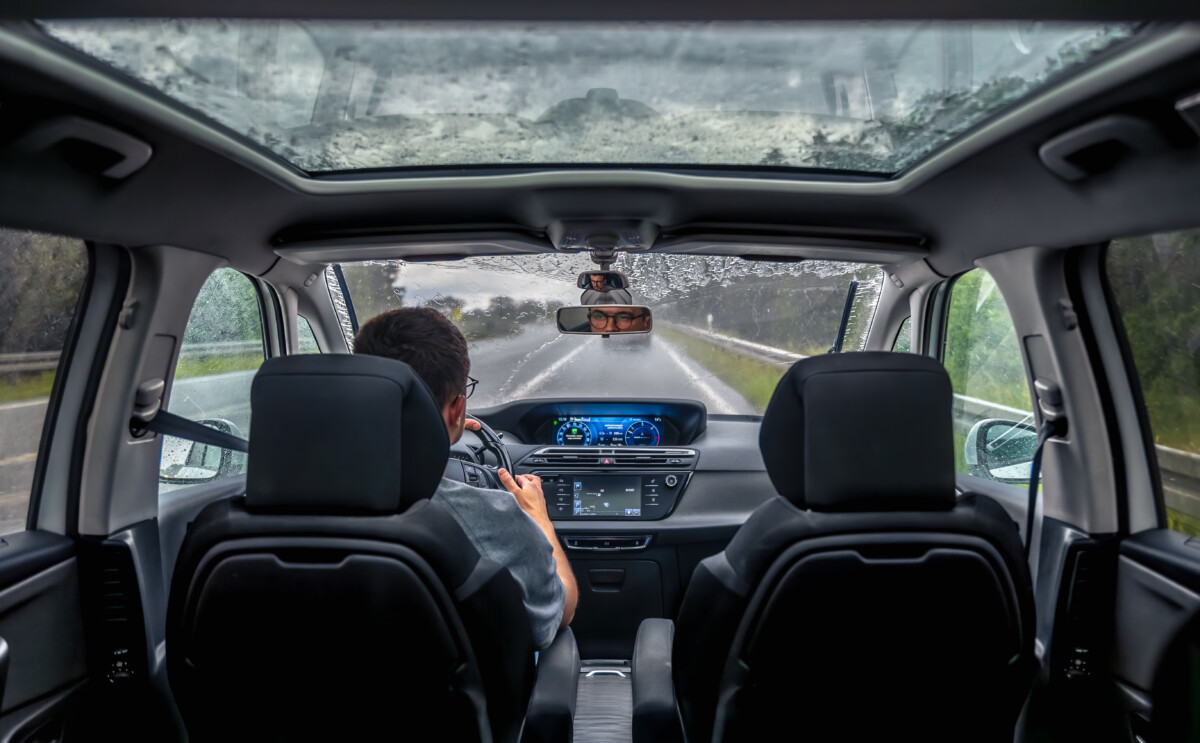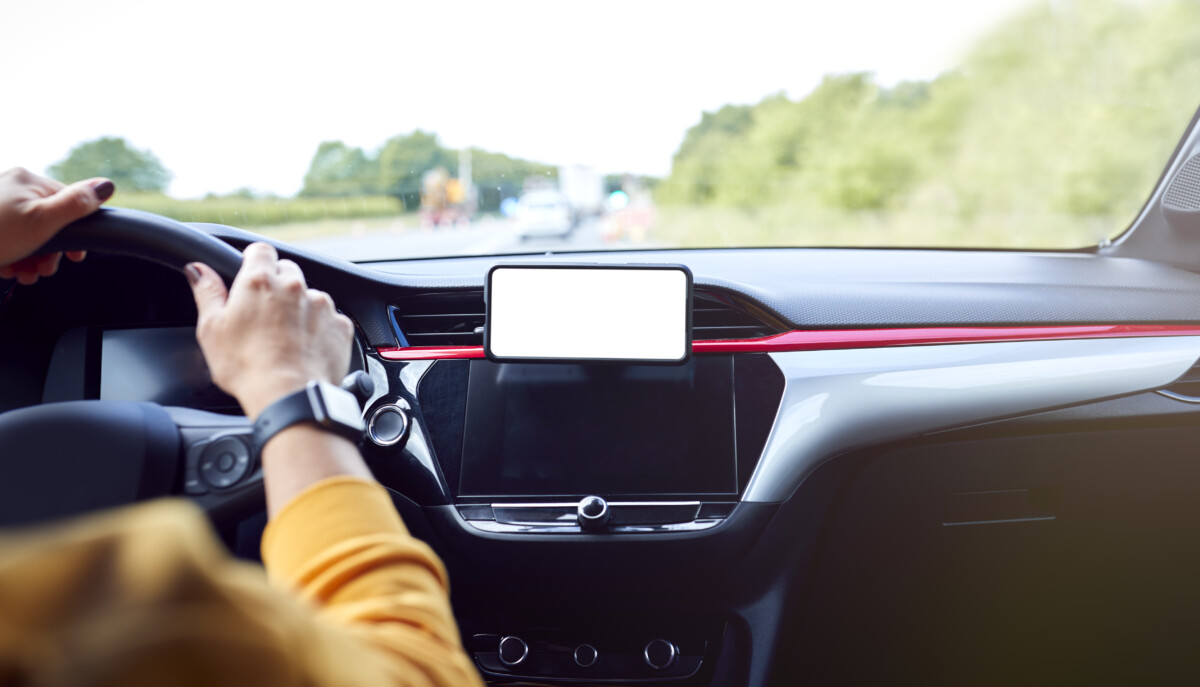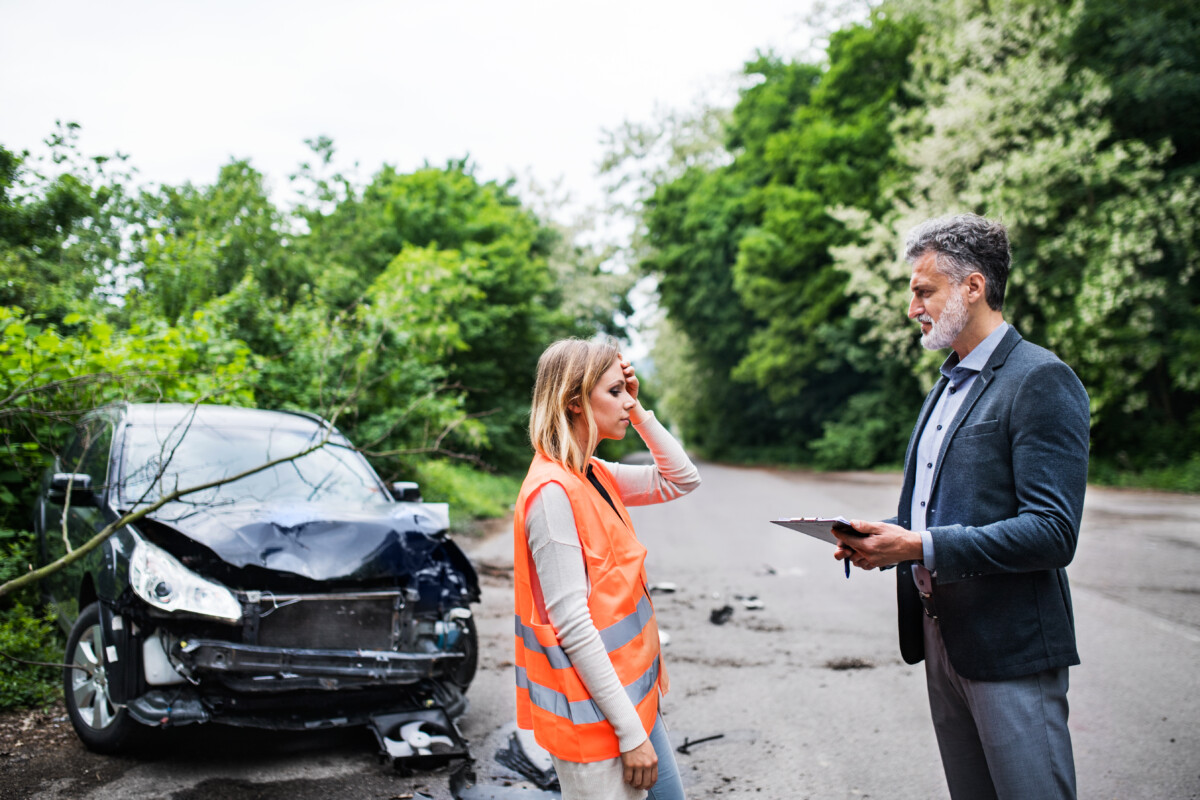2026 Guide to Autonomous Vehicle Accident Liability: Protect Yourself and Your Vehicle

As we approach 2026, the complexities of autonomous vehicle accident liability are becoming increasingly significant. With the rise of self-driving cars, understanding who is responsible in the event of an accident is crucial for consumers, manufacturers, and lawmakers. This section explores the intricacies of autonomous vehicle accident liability 2026, focusing on key factors that will shape this evolving field.
Understanding Autonomous Vehicle Accident Liability
The Evolving Landscape of Liability
The transition to autonomous vehicles (AVs) presents numerous legal challenges. Determining liability in accidents raises questions about fault—whether it lies with the manufacturer, software developer, or vehicle owner. Understanding these dynamics is essential for all stakeholders.
Key Factors Influencing Liability
- Manufacturer Responsibility: As AV technology evolves, manufacturers may face increased liability for accidents stemming from software failures or design flaws.
- Driver Involvement: In semi-autonomous vehicles, the driver’s level of engagement complicates liability. If a driver is expected to take control but fails, they may share responsibility.
- Regulatory Framework: By 2026, clearer regulations are anticipated to define liability in AV accidents more explicitly.
Statistics and Trends
Several statistics highlight trends in autonomous vehicle accident liability:
- Increased Adoption: The NHTSA predicts over 15 million AVs will be on U.S. roads by 2026.
- Accident Rates: AVs could reduce accident rates by up to 90%, yet liability remains a concern.
- Legal Precedents: More AV accidents will establish legal precedents, influencing future liability cases.
These insights emphasize the importance of understanding autonomous vehicle accident liability 2026 for consumers and industry stakeholders alike.
Current Legal Framework for Autonomous Vehicles
As we approach 2026, the complexities of autonomous vehicle accident liability are becoming more pronounced. The rapid advancement of self-driving technology necessitates a clear understanding of the evolving legal framework that governs these vehicles, which is crucial for public safety and transportation’s future.
The legal landscape for autonomous vehicles is still developing, with various regulations being tested across jurisdictions. Key aspects include:
Regulatory Bodies and Their Roles
- National Highway Traffic Safety Administration (NHTSA): This agency establishes guidelines for testing and deploying autonomous vehicles, ensuring manufacturers meet safety standards before operation.
- State Regulations: States can create their own laws regarding autonomous vehicles, leading to a patchwork of regulations that manufacturers and consumers must navigate.
Liability Considerations
- Manufacturer Liability: If an autonomous vehicle is involved in an accident, manufacturers may be held liable for software or hardware defects, raising questions about liability determination in court.
- Driver Responsibility: The human element remains significant; drivers may share liability if they fail to take control when necessary, complicating the legal landscape.
Insurance Implications
- Changing Insurance Models: Traditional auto insurance may need to adapt to the unique risks of autonomous vehicles, with insurers exploring new policies reflecting shared liability.
- Statistical Insights: A recent study shows over 70% of consumers are concerned about liability issues related to autonomous vehicles, highlighting public interest as we approach 2026.
Key Factors Influencing Liability in 2026
As we approach 2026, the landscape of autonomous vehicle accident liability is rapidly evolving. With the rise of self-driving cars, understanding liability in accidents has become increasingly important. This article explores the key factors that will influence liability in 2026, highlighting the complexities involved.
Understanding Autonomous Vehicle Accident Liability 2026
The liability framework for autonomous vehicles is still developing, with several critical factors shaping responsibility. As these vehicles integrate into daily life, the legal implications will become clearer for manufacturers, software developers, and vehicle owners.
Technological Advancements
- AI and Machine Learning: The sophistication of AI will significantly impact liability. Questions arise about who is responsible when AI makes decisions leading to accidents.
- Vehicle-to-Vehicle Communication: Improved communication can prevent accidents, but determining liability may depend on its effectiveness.
By 2026, we may see a shift in liability from human drivers to technology, increasing scrutiny on manufacturers.
Legal Framework and Regulations
- Evolving Laws: New regulations will be necessary to address liability, defining roles for manufacturers and users.
- Insurance Models: Traditional insurance may not suffice, leading to new products tailored for autonomous vehicles.
Public Perception and Acceptance
- Consumer Trust: Public trust will influence liability discussions, potentially leading to stricter standards.
- Accident Statistics: Data on accidents will shape public perception, impacting regulatory responses.
By 2026, balancing innovation with safety and accountability will be crucial as public perception evolves.
Impact of Technology on Liability Determination
As we approach 2026, the issue of autonomous vehicle accident liability is becoming increasingly complex due to advancements in self-driving technology. Understanding how technology impacts liability determination is essential for manufacturers, insurers, and consumers, as it shapes the future of transportation and legal accountability.
The Role of Technology in Liability Determination
The integration of advanced technologies in autonomous vehicles is transforming liability assessments. Unlike traditional vehicles, which often involve human error, autonomous vehicles depend on algorithms and sensors. Key considerations include:
- Data Collection: Continuous data gathering is crucial for determining fault in accidents.
- Software Reliability: Malfunctions due to software errors may lead to manufacturer liability.
- User Responsibility: The evolving role of drivers necessitates clarity on user versus manufacturer liability.
Legal Framework and Challenges
The legal landscape for autonomous vehicle liability is still evolving, presenting several challenges:
- Regulatory Standards: Existing laws may not adequately address the nuances of autonomous technology, requiring new regulations.
- Insurance Models: Traditional insurance frameworks may not apply, necessitating adaptations in risk assessment.
- Public Perception: Trust in autonomous technology will influence liability views, highlighting the need for education and transparency.
Future Implications for Liability
By 2026, the implications of technology on liability will be significant, potentially shifting accountability towards manufacturers and creating new legal precedents. Changes in liability determination could also impact insurance costs for consumers. Staying informed and adaptable is crucial for all stakeholders as we navigate this evolving landscape.
Future Trends in Autonomous Vehicle Accident Liability
The future of autonomous vehicle accident liability in 2026 is set to be intricate and impactful, especially as self-driving cars become more common. Understanding liability in accidents is crucial for manufacturers, insurers, drivers, and pedestrians alike.
Evolving Legal Frameworks
Changing Regulations
As autonomous vehicles gain traction, legal frameworks will likely evolve:
- New Legislation: Expect specific laws addressing liability in autonomous vehicle accidents.
- Insurance Models: Traditional insurance may adapt to the challenges posed by self-driving technology.
Impact on Liability
Liability will become more complex:
- Manufacturer Responsibility: Questions will arise about who is liable when vehicle software malfunctions.
- Driver Involvement: In semi-autonomous vehicles, liability may be shared between drivers and manufacturers.
Technological Innovations
Data-Driven Insights
Data collection will be vital in determining liability:
- Accident Data: Sensors will provide detailed information to clarify fault.
- Predictive Analytics: Insurers may assess risk based on driving patterns.
Artificial Intelligence
AI will influence liability discussions:
- Decision-Making Algorithms: Algorithms guiding vehicle decisions will be scrutinized.
- Learning from Incidents: Past accidents will inform future safety and liability assessments.
Public Perception and Acceptance
Consumer Trust
Public perception will shape liability:
- Safety Concerns: Accidents may affect public trust and legislation.
- Education and Awareness: Understanding vehicle operations will build consumer confidence.
Legal Precedents
Emerging cases will set future liability standards, leading to potential adjustments in insurance policies.
FAQs
Q: Who is liable in a 2026 autonomous vehicle accident?
A: Liability can fall on the manufacturer, software provider, or vehicle owner, depending on whether the accident was caused by a system malfunction, human error, or negligence.
Q: How are claims handled?
A: Insurance companies are adapting policies to cover AV-specific scenarios. Determining fault often involves examining vehicle data logs and software performance.
Q: Are there new laws in 2026?
A: Many states are updating regulations to clarify liability for autonomous vehicle accidents, but laws vary by jurisdiction.
Q: Do drivers still need insurance?
A: Yes, even partially autonomous vehicles require coverage, though premiums may shift based on who is liable in an accident.
Final Thoughts
Autonomous vehicle accident liability in 2026 is a complex mix of technology, law, and insurance. Staying informed about changing regulations and insurance requirements is crucial for both drivers and manufacturers as self-driving technology becomes more common.
Don’t wait for answers—get your free legal review today at LegalCaseReview.com or call 📞 (833) 279-1850.


